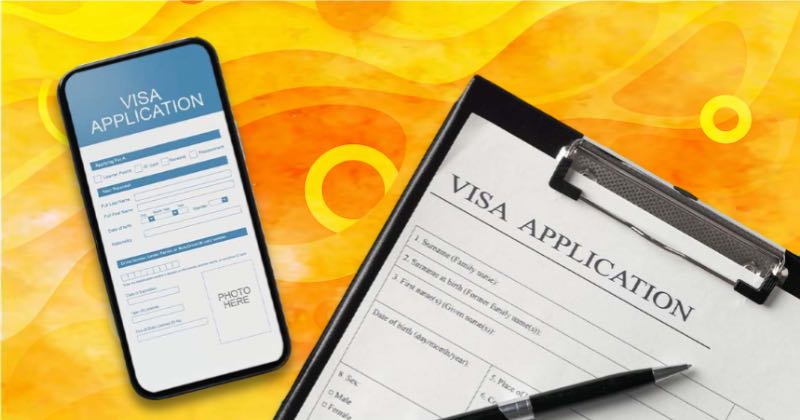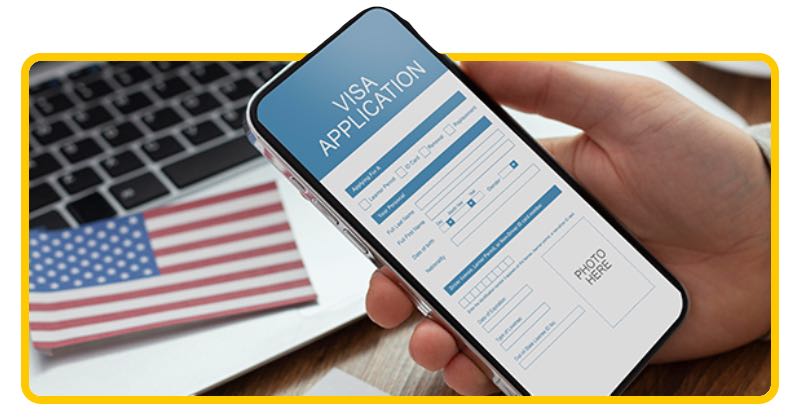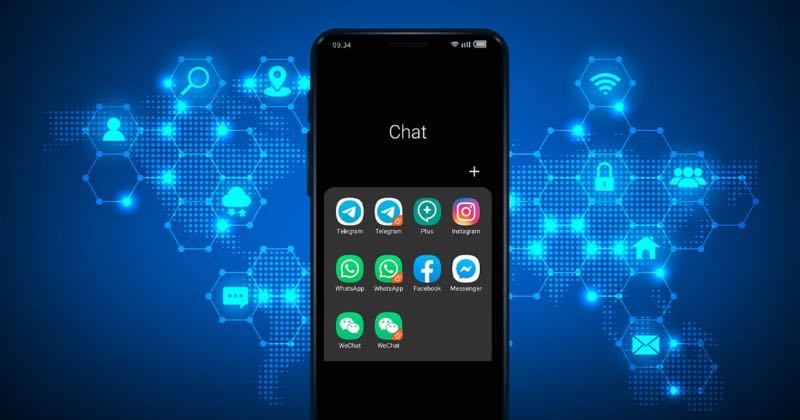
How to Find the Right Employer for Visa Sponsorship Jobs
Securing a job in the U.S. with visa sponsorship can be challenging, but with a strategic approach, it’s entirely achievable. Whether you’re pursuing an H-1B, L-1, or another employment-based visa, understanding which industries and companies offer sponsorship—and how to position yourself as the ideal candidate—is crucial.
Understanding Visa Sponsorship Jobs
Visa sponsorship jobs are positions where employers are willing to sponsor foreign workers for U.S. work visas. These roles are typically found in industries facing talent shortages, such as technology, healthcare, engineering, and finance. Employers must demonstrate that they couldn’t find qualified U.S. applicants before sponsoring a foreign worker, making it essential to target companies with a history of hiring internationally.

Industries Most Likely to Offer Visa Sponsorship
Technology & IT: The Sponsorship Powerhouse
The tech industry consistently leads in hiring international talent due to specialized skill shortages and global workforce needs. Companies like Google, Microsoft, and Amazon have high numbers of H-1B approvals, sponsoring roles such as cloud architects, AI researchers, and machine learning scientists. Emerging opportunities also exist in areas like Web3, blockchain, cybersecurity, and quantum computing.
Healthcare: America’s Critical Shortage Sector
The U.S. healthcare sector faces significant shortages, with projections indicating 1.2 million nursing vacancies by 2030. Employers like HCA Healthcare and Mayo Clinic actively sponsor roles for registered nurses, specialized physicians, and medical researchers. State-specific programs, such as Texas’ «Welcome Back Initiative» and California’s Mental Health Workforce Program, also support foreign-trained healthcare professionals.
Engineering & Construction: Rebuilding America
The $1.2 trillion infrastructure bill has created over 800,000 jobs, leading to increased demand for engineers and construction professionals. Companies are sponsoring roles in renewable energy, transportation, and advanced manufacturing. Unionized construction firms like Bechtel now sponsor positions such as BIM modelers, tower crane operators, and certified welding inspectors.
Finance & Consulting: The Overlooked Sponsors
While less publicized, finance and consulting firms also sponsor strategically. EY, Goldman Sachs, and fintech companies like Visa and Mastercard sponsor roles for blockchain auditors, quantitative analysts, and fintech developers, often under L-1 visas.
Education & Research: Beyond Academia
Educational technology companies and research institutions offer sponsorship opportunities for roles like linguists, AI trainers, and automotive engineering instructors. Organizations such as Duolingo and Battelle Memorial Institute are notable sponsors in this sector.
Tailoring Your Resume for Sponsorship Opportunities
To stand out to potential sponsors, your resume must clearly demonstrate your specialized skills and U.S.-relevant experience. Highlight certifications, internships, and remote work for U.S. clients. Include visa eligibility upfront and quantify achievements to showcase your impact.
Top Platforms to Find Visa Sponsorship Jobs
MyVisaJobs
MyVisaJobs maintains a comprehensive database of verified H-1B sponsors, providing detailed employer reports with approval rates, salary ranges, and job titles. The platform allows filtering by companies currently filing petitions and geographic hotspots for sponsorship.
H1B Data
H1B Data offers a free database of visa filings, providing instant access to raw H-1B filing data from the Office of Foreign Labor Certification. Users can search records of all certified visa petitions, compare salaries by job title and company, and analyze historical sponsorship trends.
LinkedIn is a valuable tool for networking with recruiters and finding job opportunities. Utilize filters like «Visa Sponsorship» in job searches, connect with alumni networks, and engage with groups for H-1B/O-1 visa candidates.
Interview Tips for Visa Sponsorship Positions
Address Sponsorship Early (But Tactfully)
It’s important to discuss visa sponsorship early in the interview process. If asked about work authorization, respond clearly about your current visa status and long-term sponsorship needs. Avoid being too direct; instead, express your interest in a long-term commitment that aligns with the company’s goals.
Prove You’re Worth the Sponsorship
Employers sponsor visas when they can’t find your skills locally. Demonstrate your unique expertise, cultural insights, and the value you bring to the company. Quantify your achievements to show how you can offset the costs associated with sponsorship.
Master the «Why You?» Response
When asked why the company should sponsor you, structure your answer by identifying a specific challenge the employer faces, presenting your proven solution, and connecting your unique qualifications to their needs. Emphasize how sponsoring you would be a strategic advantage for their team.
Handle Tough Questions
Prepare for concerns such as «Why not hire locally?» by highlighting your specialized skills and referencing shortage occupation lists. If questioned about visa approval, explain your strong case and openness to alternative visa options if necessary.
Close with Confidence
End interviews by reiterating your enthusiasm for the role, offering to provide additional documentation, and inquiring about the next steps in their sponsorship process. Research the company’s sponsorship history beforehand to demonstrate your preparedness.
Final Thoughts
Finding visa sponsorship jobs requires persistence, but by targeting the right industries, optimizing your resume, and leveraging specialized platforms, you can significantly improve your chances. Start your search today with resources like MyVisaJobs, H1B Data, and LinkedIn Jobs. With the right approach, your U.S. career goals are within reach.
If you need further assistance or have specific questions about visa sponsorship opportunities, feel free to ask!



